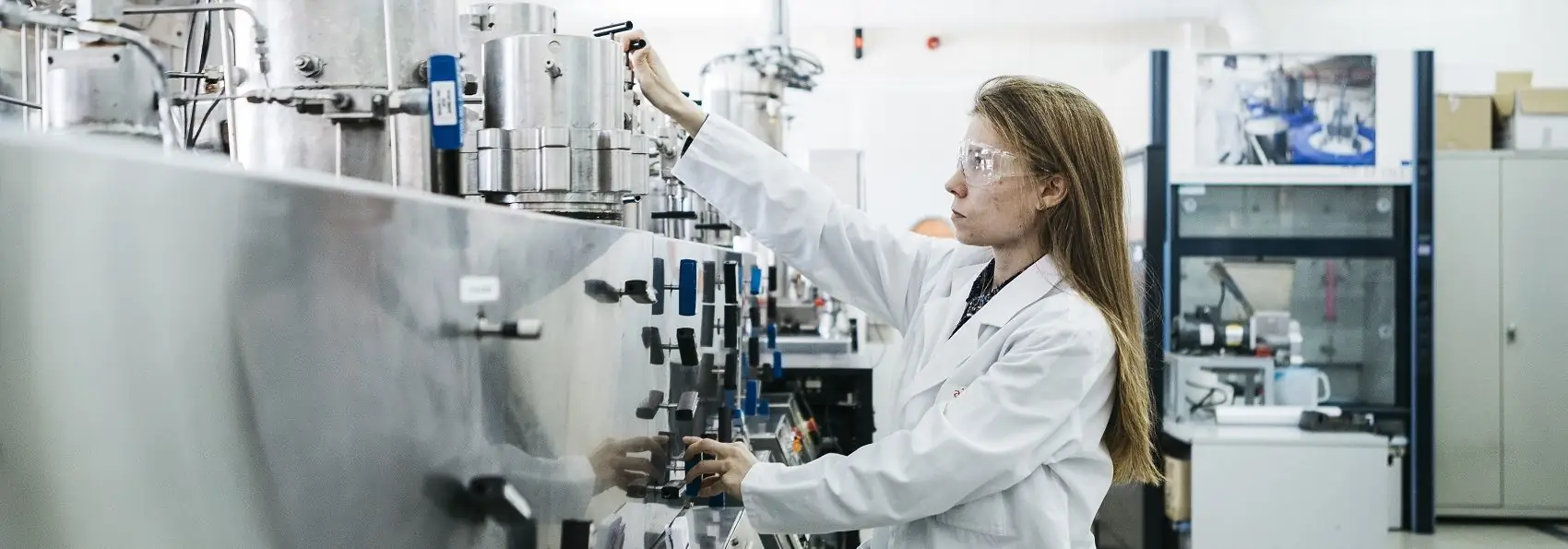Subscribe to our newsletter
- R&D&I Programmes
- Technological Services
- Consultancy Services
- Laboratory Services
- Training and Events
- Sectors


The growing need to adopt sustainable strategies that embrace the principles of the circular economy and zero waste is becoming increasingly important in a society demanding a new economic model. Now is the ideal time to take a significant step forward. In this article, we explore the sustainable strategy known as the “5 Phases of the Universal Recovery Process” and present examples of how circular economy strategies are being applied in the food industry.
The scarcity and depletion of natural resources, particularly in terms of water and the inefficient use of nutrients for human and animal food production, are closely linked to serious environmental problems such as climate change. As global socioeconomic development accelerates, driven by population growth, intensified industrialisation, overconsumption, environmental degradation, and climate change, the world has become increasingly urbanised and prosperous. However, this progress comes at a price: escalating demand for natural resources that the planet simply cannot sustain, mainly due to the finite nature of these resources.
Throughout the 20th century, global material demand increased tenfold. The European Commission estimates that this demand will double again by 2030 compared to 2010 levels. The rising demand for water, food, energy, land, and minerals is leading to dramatic depletion of natural resources, directly affecting both current and future economic activities.
If current trends continue, resource demand is expected to exceed the planet’s regenerative capacity by 75% by 2020 and 100% by 2030, essentially requiring the equivalent of “another planet” to meet human needs. A concrete example: phosphorus demand is expected to surpass available supply and reserves by 2035, according to the European Commission.
As a vital response, both society and industry are now urgently calling for a new economic model—one that significantly improves resource efficiency, extends product lifecycles, and reduces material costs by promoting product reuse and component recycling. As Finnish MEP Sirpa Pietikäinen noted in 2015: “Smart product design also considers repair, reuse, and recycling.”
The need to shift from linear consumption models towards sustainable strategies that promote circular economy principles, particularly those aligned with the circular economy action plan, has never been greater. Now is the time to embrace circularity and set realistic goals.
In the agri-food industry, researcher Charis M. Galanakis and his team have been advancing the “5 Phases of the Universal Recovery Process,” developed both in academic settings and through industrial applications in analytical laboratories, technology centres, and related industries.
This sustainable strategy focuses on recovering high-value compounds from agri-food wastewater, such as phosphorus, nitrogen, organic acids, sugars, bioactive compounds, and heavy metals.
Macroscopic Pretreatment: Adjusting wastewater properties to prepare it for subsequent phases.
Macro- and Micro-Molecule Separation: Isolating target compounds by exploiting differences in physical and chemical properties, such as size, structure, charge, or hydrophobicity.
Extraction Process: Concentrating and extracting target compounds from the pre-treated liquid matrix.
Purification and Isolation: Removing impurities to obtain high-purity extracts suitable for industrial use.
High-Value Product Formation: Stabilising and integrating the recovered compounds into final products for end users.
This process forms a “pyramid” approach to recovering and refining valuable compounds—whether nutrients, bioactives, or metals, while ensuring optimal use of available technologies. It has become a foundational element in circular economy strategies and bio-refinery concepts.
Industry players are increasingly committed to integrating circular economy action plan strategies across the value chain, particularly through bio-refinery models and innovative treatment systems for recovering active compounds that can be used in new products or ingredients.
In addition to these examples, advanced techniques such as supercritical CO₂ extraction are playing an increasingly important role in resource recovery. This method enables selective separation, concentration, and purification of bioactive compounds from complex liquid matrices, without the use of harmful solvents, ensuring both environmental safety and the preservation of functional properties in recovered ingredients.
We continue to develop and validate sustainable nutrient and compound recovery systems for organic aqueous matrices, applying membrane-based physical separation techniques or combining aquatic biomass cultivation (such as microalgae or duckweed) with physical separation technologies.

Jorge García Ivars
Ingeniero Químico con título de Doctor Internacional en Ingeniería y Producción Industrial (2015), así como Máster en Seguridad Industrial y Medio Ambiente (2011) y Máster en Gestión y Dirección de Proyectos (2020). Especialista en medio ambiente, con enfoque particular en procesos de oxidación avanzada y de separación por membranas (fabricación, modificación, diseño, ingeniería, ejecución y escalado), cuenta con más de 15 años de experiencia en proyectos de I+D+i, tanto en el sector público como en el privado, y una trayectoria laboral en las industrias agroalimentaria, textil y química. Además, posee experiencia docente en la UPV, donde ha codirigido 10 Trabajos Fin de Grado y Fin de Máster. Actualmente desarrolla su labor en la Unidad de Innovación de AINIA, enfocado especialmente en la proyección, redacción, gestión y dirección de proyectos a nivel regional, nacional y europeo en áreas relacionadas, principalmente, con recursos hídricos, medioambiente, soluciones basadas en la naturaleza, economía circular y bioeconomía. Anteriormente, trabajó durante 6 años en la línea de Medioambiente, centrándose en auditorías de gestión integral de agua y en proyectos de depuración, regeneración y reutilización de aguas.


| Responsible | AINIA |
| Address | Calle Benjamín Franklin, 5 a 11, CP 46980 Paterna (Valencia) |
| Purpose | To attend to, register and contact you to resolve the request you make to us through this contact form |
| Legitimation | Your data will be processed only with your consent, by checking the box shown on this form |
| Recipients | Your data will not be transferred to third parties. |
| Rights | You have the right to request access to, correct or delete your data. You can also request that we limit its processing, oppose it and request the portability of your data by contacting our postal address or [email protected] |
| More info | You can find more information in our Privacy Policy |
| DPO | If you have any questions about how we will treat your data or would like to make any suggestions or complaints, please contact the Data Protection Officer at [email protected] or at the Data subject support form |
I consent to the use of my personal data to process my request, as set forth in your Privacy Policy
I consent to the use of my data to receive information and commercial communications from your entity.
